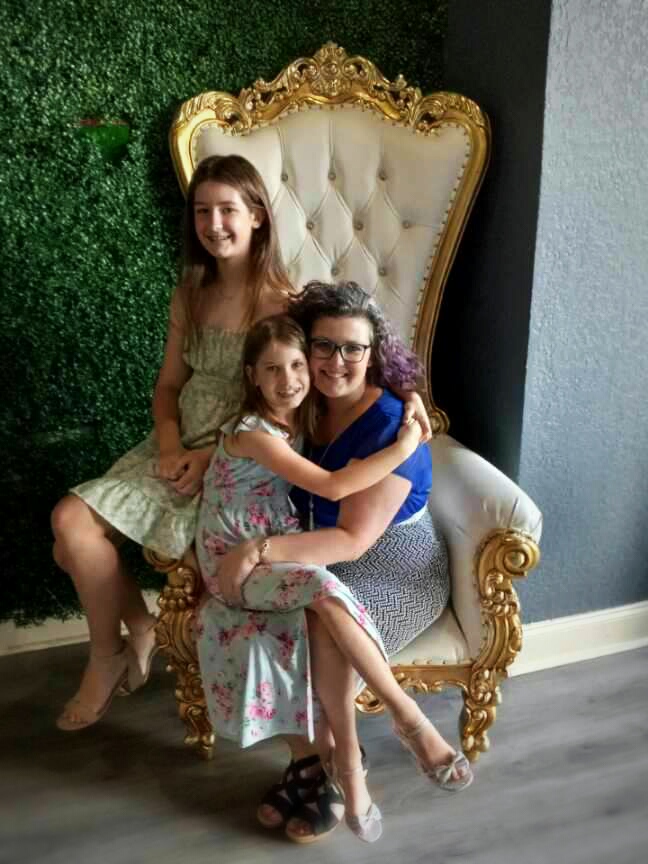Behavior is the activity of living organisms - the interaction between an organism and its environment. Human behavior includes those that we cannot directly see - thinking and feeling. If you're unsure whether or not something is a "behavior" then you should apply the "Dead Man's test": If a dead man can do it, it's not behavior. And if a dead man can't do it, then it is behavior.
Behavior can be thought of in two ways: operant and respondent behavior. In short, operant behavior "operates" on the environment and respondent behavior is "in response" to an environmental stimulus. In order for a respondent behavior to occur, some environmental change must happen first. For example, when I open a jar of jalepenos and get a whiff (environmental change), my salivary glands go crazy (respondent behavior). In essence, a respondent behavior is a reflex. When an operant behavior occurs, a change in the environment happens after the behavior occurs. For example, when my daughter says "done" (operant behavior) at the dinner table, I remove her dinner plate (environmental change).
Behavior Analysis deals with both operant and respondent behavior; however, applied behavior analysis is most often concerned with operant behavior and this will be the focus of my blog.

0 comments:
Post a Comment